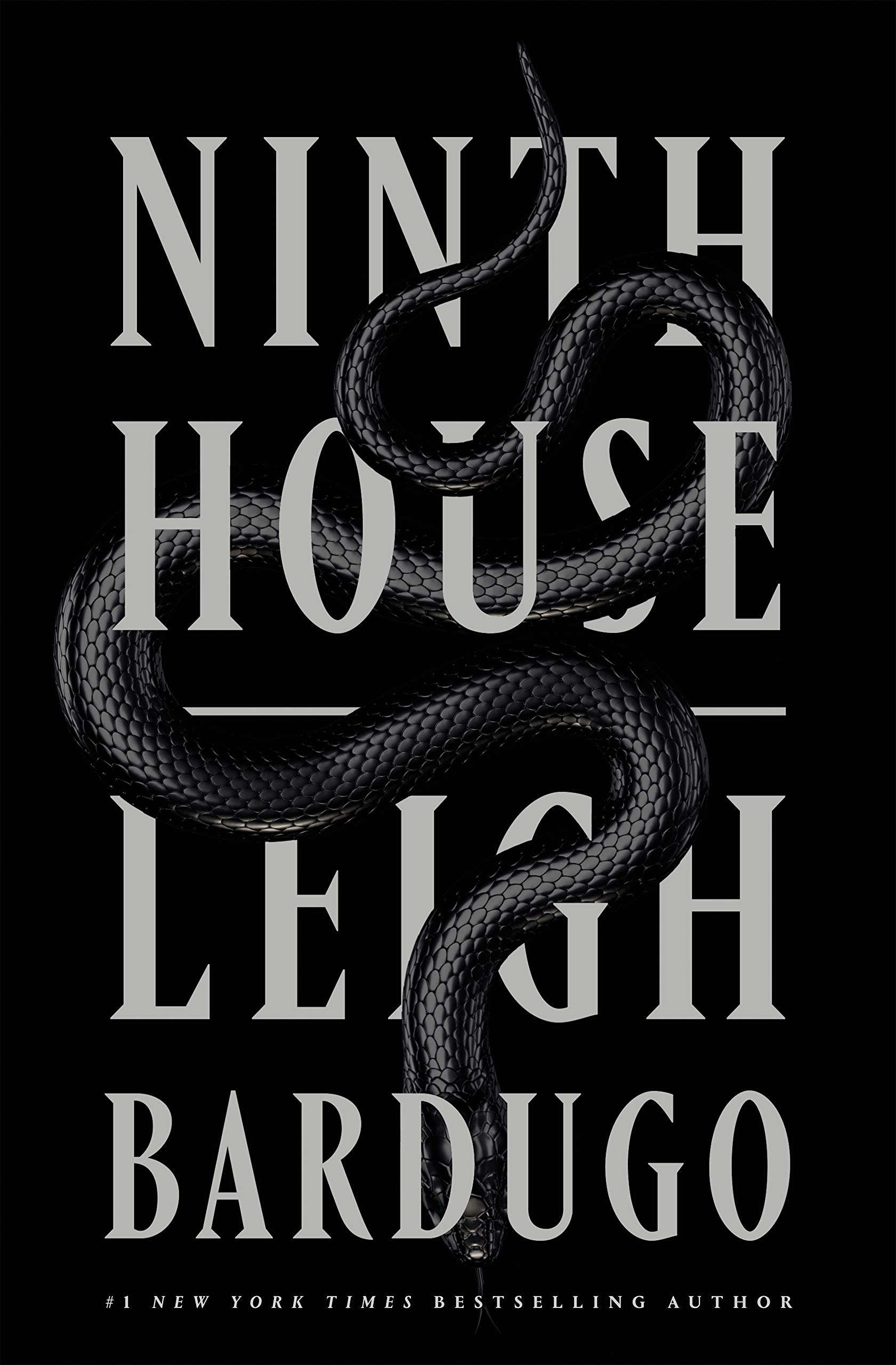Car Trouble: A novel, by Robert Rorke

As Car Trouble opens, the novel’s young protagonist, teenaged Nicky Flynn, is driving backwards in a Chevy Impala nicknamed the Blue Max. The car, which belongs to his impulsive father, Patrick, goes in one direction only, backwards, due to a jammed gearshift. And Patrick, who Nicky wryly refers as “Himself,” has recruited his son for a middle-of-the-night errand.
They are transporting the Blue Max to a suitably deserted Brooklyn spot in order to abandon it—which Himself advocates as a thrifty alternative to towing. Driving the once-gleaming Chevy Impala backwards is an apt metaphor, as Patrick’s alcoholism and gambling have sent the family into chaos. Patrick’s behavior has also inclined Nicky toward a nostalgic view of life: at only sixteen, he’s already pining for a time when cars had style—like the 1956 Ford Fairlane they nickname the Green Hornet—which sports a sea-green paint job, chrome detailing, and a turntable for playing LPs hidden beneath the dashboard (yes, reader, such things did exist).
For Nicky, the novel’s sensitive and astute narrator, the Blue Max, the Green Hornet, and the subsequent classic cars Himself acquires and loses, are themselves landmarks, while the life Nicky leads in Brooklyn with his mother, sisters, and a collie named Queenie that Himself brings home one night after gambling, otherwise feels static. Patrick’s alcoholism makes his holding down work impossible, and as Nicky dutifully attends his Catholic high school, and tends a family garden, the family bears the strain of life with the alternately absent, demanding, and unreasonable patriarch. In the course of the novel, Patrick’s unraveling reveals the flawed man whose addiction combines with vanity, racism, and his violent tendencies. The descent is sure but slow, and for the family, excruciating:
“Himself picked up a couple of shifts tending bar at some joint called the Mermaid on Bergen Street, way down the losing end of Flatbush Avenue. Maybe it was the best he could do, but it was the worst possible place he could have ended up. Now he was surrounded by booze all the time, measuring, mixing, serving—and consuming it. Then he went to an after-hours joint on Seventh Avenue to work a poker game, for tips. As our lives sped up in the daytime world, his stalled in a netherworld, an unobserved region that made him solitary and unaccountable. He became the phantom father.”
Nicky his father’s opposite, is forced to take on added burdens. As Himself’s alcoholism and gambling worsen, the situation draws the attention of the extended Flynn family—and soon Patrick’s brother, George, gifts him with a thick volume from Alcoholics Anonymous, and asks Nicky to keep an eye on his father, yet another burden: “As the eldest kid in the family and the only boy, I was expected to know and remember everything. I hated it.”
Rorke also paints a portrait of time and place—Brooklyn in the early 1970s, a time of pre-gentrification as well as pre-nostalgia, an era in which breakneck societal changes already made the 1964 World’s Fair and its emblematic Unisphere, the giant steel globe, seem like a “memento,” where in Flushing Meadows it “rested like a giant Christmas ornament on the grass.”
Rorke, who born and raised in Brooklyn, is TV Editor at the New York Post, and writes intimately of Brooklyn and Irish-Catholic culture—the family gatherings, wakes, neighborhood bars, after-school jobs, and excursions to the beach at Rockaway. Car Trouble, Rorke’s debut, has been called “evocative” and “bittersweet” by Kirkus Reviews. Of the novel, Publishers Weekly said, it “combines the tense father-son dynamic of Pat Conroy’s The Great Santini with the automobile wonkiness of an episode of Jerry Seinfeld’s Comedians in Cars Getting Coffee.”
Patrick Finn is a complex character, as he should be, and his depiction includes some of Rorke’s finest prose: “The shank of the evening had long passed, but he flashed an Irishman’s smile at me, game for anything as long as the devil found out about it before the Lord.” Add to this Rorke’s feel for emotional imagery, even when the emotion is desolate. In English class, reading Twelfth Night aloud, Nicky feels “the rhythm of the verse fracture in my mouth.” We see a “deflated tire flapping against the asphalt,” and “a high chain link fence crowned with hoops of razor wire.”
Even in survival and recovery, this novel shows us, the marks can be lasting. In another sense, this is a story about learning to drive, about choices and moving between life’s destinations. This makes Rorke’s novel not just a coming of age story, but one about steering your life in the direction you want it to go.
—Lauren Alwan
Lauren Alwan’s fiction and nonfiction have been published in journals and anthologies, including the O. Henry Prize Stories 2018, and most recently in Catapult’s first published anthology, A Map is Only One Story: Twenty Writers on Immigration, Family, and the Meaning of Home. Lauren’s column at Catapult, “Invisible History,” can be found here. To learn more, go to www.laurenalwan.com

